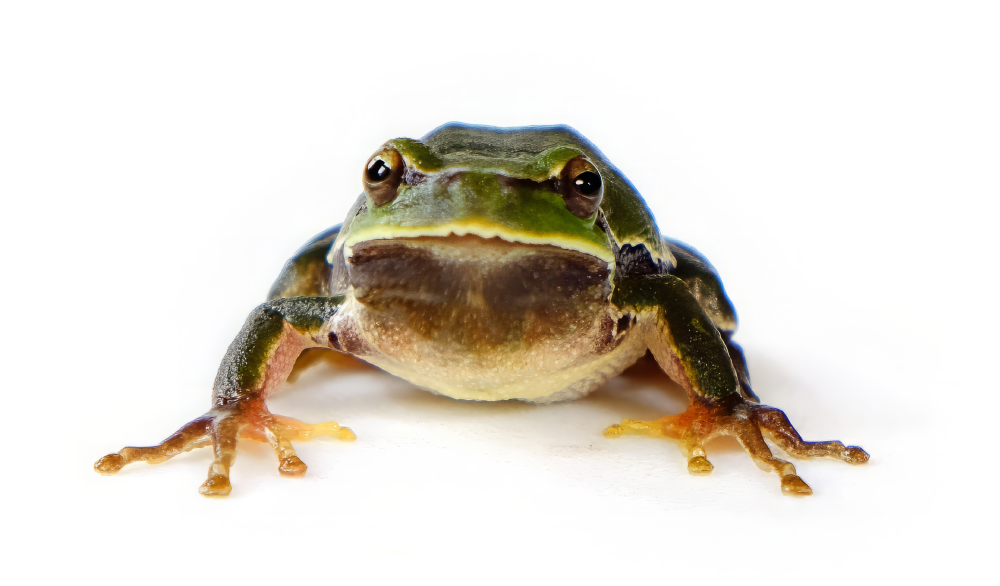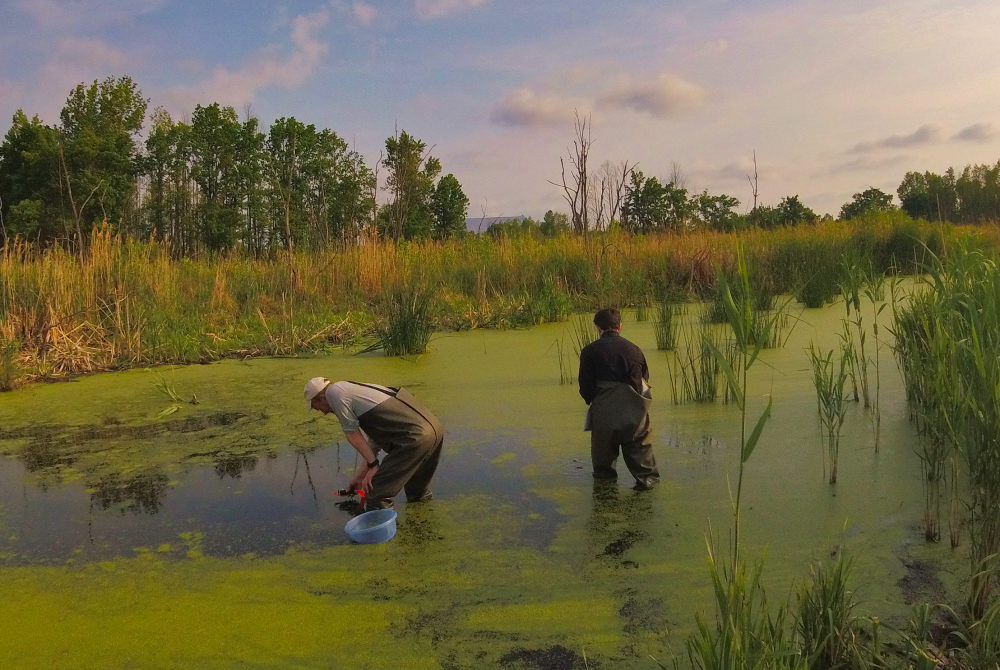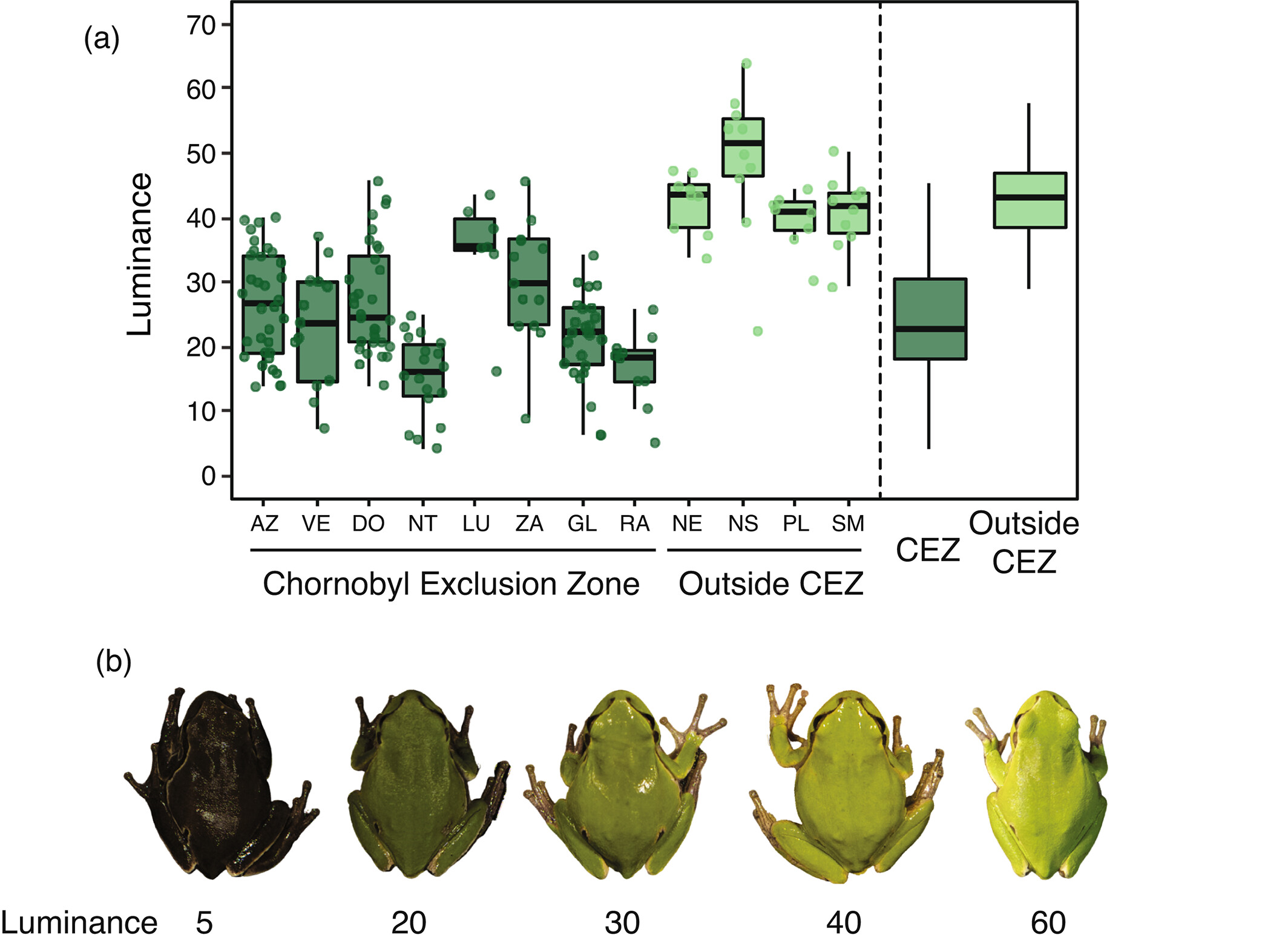In 1986, the Chernobyl Nuclear Disaster led to the largest release of radioactive material into the environment in human history. It was a disaster for all forms of life, but how that accident is affecting wildlife in Ukraine today wasn’t entirely clear. Now, new research has shown that for the Eastern tree frog (Hyla orientalis), the levels seem just fine, as chronic exposure to the environment hasn’t altered their lifespan, stress, or aging.
Given that, in the absence of humans, the region has become one of the largest natural reserves in Europe, what does this tell us about the fate of animals living there?
“I do think radiation levels currently present at the Chernobyl Exclusion Zone are not enough to produce marked organismal damage in wildlife, at least in most of Chernobyl areas,” said study author and postdoctoral investigator at Estación Biológica de Doñana, Pablo Burraco, to IFLScience. “I am not surprised about that.”
“In two weeks working in some very contaminated areas (for some hours each day) we accumulated the same radiation level that one gets in a single visit to the dentist. This is because the most dangerous radioisotopes that were released at the moment of the Chernobyl accident, have a very short half life, so radiation levels quickly dropped after several months or years.”

Image credit: Germán Orizaola
Burracco was part of a team led by Germán Orizaola that conducted fieldwork in Chernobyl between 2016 and 2018, examining animal populations with a special focus on the Eastern tree frog. They sampled frog populations in Chernobyl covering the entire gradient of radioactive contamination present in the area, collecting more than 200 male frogs.
The absence of humans definitively allowed a huge increase in the number of wild animals in present day Chernobyl.
Pablo Burraco
In a lab setting, they assessed the frogs’ ages, how much radiation they’d absorbed, their levels of the stress hormone corticosterone, and determined their rate of aging using telomere length as a marker.
The results showed no difference between the lifespan, rate of aging, and stress indicators in Chernobyl’s tree frogs compared to those living in control areas without radiation, indicating the levels of radiation in the region are no longer enough to cause chronic damage.
The authors say that the results reinforce the role of the Chernobyl Exclusion Zone as a wildlife refuge that must be preserved, especially given that the current impact of the accident appears to be manageable for the frogs.

Searching for frogs in the Chernobyl Exclusion Zone, one of Europe’s largest natural reserves.
Image credit: Germán Orizaola
“Even if a small reduction in lifespan is observed in wildlife, the ecological and evolutionary consequences may be low (something to be tested but this is very likely!),” said Burraco. “The absence of humans definitively allowed a huge increase in the number of wild animals in present day Chernobyl.”
The low levels of radiation in the present day are crucial, but the frogs adapted to survive historic levels, too. A previous study Burraco was involved with revealed the astonishing way in which the species evolved melanism, turning from green to black in a way that can protect against radiation, but we don’t yet know if this is linked to how well they’re doing today.
“It might be linked to frog pigmentation but we have not explored yet this possibility,” said Burraco. “My impression is that differences in pigmentation could have been more relevant when the accident occurred to survive the very high radiation levels at that time, but I agree that it might still play a role nowadays.”

Dorsal skin luminance in Eastern tree frogs inside (left) and outside (right) the Chernobyl exclusion zone.
The team wishes to continue their work so that they can conduct the best assessment of the current impact of the accident on wildlife, but now science in the region is under a new kind of threat.
“Unfortunately, we had to stop working at Chernobyl,” Burraco added. “The (non-sense) war that is taking place in Ukraine destroyed bridges in that area, forced several of our collaborators to flee to other countries or regions within Ukraine, and it is unclear whether moving within the Exclusion Zone is safe because of the possible presence of anti-personnel mines.”
The study is published in the journal Biology Letters.
Source Link: Frogs Of Chernobyl Adapted To Survive High Radiation. Now, They Don’t Need To